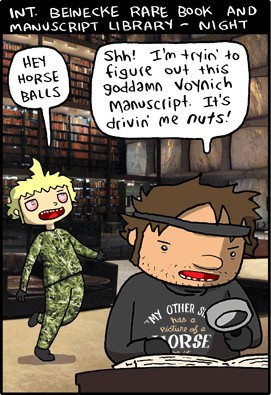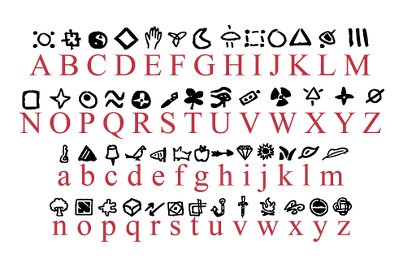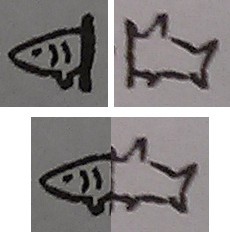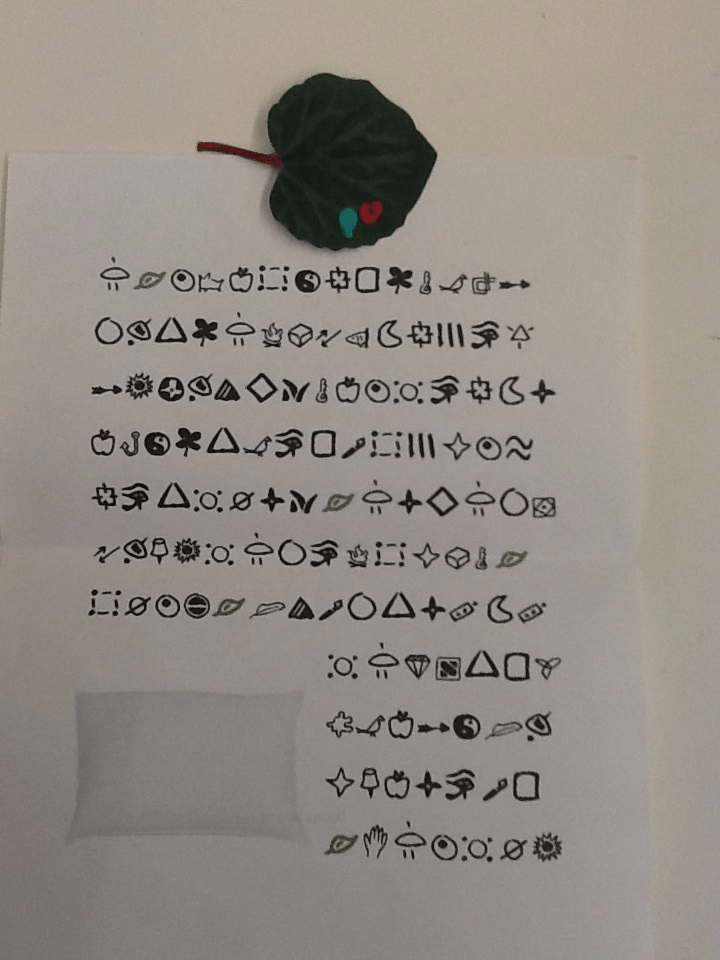Modern life plainly has me stumped: I now can’t even tell email spam and Voynich theories apart. Both seem to be generated from long lists of largely comprehensible phrases, before being dumped in my inbox as self-evident truths: both make my head hurt.
So with that gushing introduction over, here’s this week’s Voynich theory, courtesy of Jimmy Craig on starseeds.net (don’t ask what that is, you can guess enough to tell from its URL that you probably don’t want to know), who believes “that the Voynich Manuscript is describing “Food”, as in the “Mana from Heaven”, that Adam and Eve were not allowed to eat.” Moreover,…
The Characters in the Voynich Manuscript, are a description of the process that removes time. All the language in the Voynich Manuscript is apart of this algorithm based description, because of the complexity of the argument itself, the algorithm is parsed. This is probably the correct way, or more correct way of addressing the algorithm itself. The Process that Removes Time is Nibiru the Star Wormwood, Star of David. It is the great flood at the end of time, that brings mankind into Forever Night. The characters of the Voynich Manuscript are this Ocean, that is Nibiru the mechanism that removes time.
Craig then refers to the dragon picture on f25v, where the little dragon seems to be vacuuming up a giant plant into its snout:-
The Green Flower is Nibiru, the dinosaur in white below it is “Time”, the Star Nibiru is consuming “Time”, consuming the Dinosaur that is vomiting out the Flood Waters. Time is being destroyed by Nibiru we see the food or mana from heaven being produced thus some have concluded the Voynich Manuscript was a recipe book, when in fact it is a description of the translation of the universe. Therefore, it is a difference in the description of potential for the portion of man inheriting the new universe.
My own meta-theory is that there is a Voynich theorybot out there on a cunning, distant server, busy cranking out Voynich theories. You may think that this is a lousy hypothesis to explain the current near-Biblical flood of Voynich theories but… where’s your disproof?



